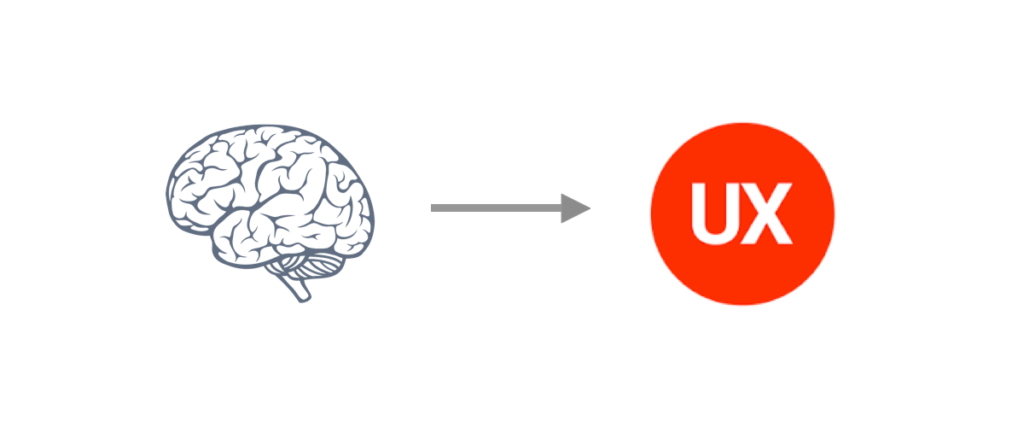Working with web design is not only about programming and the organization of visuals in a good-looking layout. Even perfectly designed apps and websites fail if they don’t take into account human psychology. Why does psychology matter, and how to apply it in design? We clarify it all below.
Psychology and Design
The first thing a designer should consider is how people will interact with their product. What will a newcomer see? How will they understand what actions are required? How will they navigate the website to find what they need?
All these issues relate to psychology in UX design. With zillions of online products emerging every day, making a distinguished one that users will love becomes harder and harder. By creating impactful websites and apps that interact with users at multiple levels (emotional and rational), UI/UX designers can achieve success.

How Do People Interact with Design?
If you know what people need when they come to your resource, you’re better positioned to give them what they need. So, here are some basics of increasing your product’s UX. Follow these principles to win the hearts of your users:
- People want intuitive apps and websites (the principle of least effort). Thus, you need to make a resource where a user can get the expected result with one-two clicks.
- Users like aesthetically pleasing, visually coherent products. So, your task is to ensure that colors, fonts, and images align well.
- Humans are creatures of habits. Thus, don’t try to surprise your users with brand-new features that undermine traditional ways of doing basic things (e.g., login, order placement, payment, etc.).
- Choose the proper emotional tone for your product. Use imagery and text relevant to the intended emotional response.
- Don’t forget that you can’t design for everyone. You need to have a clear customer profile and design for that specific category. Otherwise, you won’t invoke the feeling of identity and belonging in people coming to your resource.

Psychology Fundamentals in Design
Psychology-oriented SaaS design borrows much from cognitive and behavioral psychology. It’s not surprising as your web products will need to interact with people. Thus, you can create designs with excellent UX after learning how users behave, what emotions they experience, and how their interaction experiences affect their decisions.
The pro tips for creating psychologically driven websites and apps are:
- Keep your product simple yet functional and visually pleasing.
- Try to appeal to both the intellect and emotions of your target audience.
- Study the influence of colors on human perception and choose color combinations suiting your product’s type.
- Focus on personalization of the user experience; users love customized products.
- Tailor the content to your visual design to avoid cognitive dissonance.
- Research your target user and create their profile before designing for them.
- Study the psychological impact of visual structure thoroughly. It would be best to use similarity and contrast, visual directions and weights, and focal points to achieve the intended effect.
- Don’t neglect typography, as various fonts produce different impressions on users.
As you see, design is all about people, and the better you understand your target user, the better their UX will be. Instead of focusing on the product as a standalone solution, think of how it will interact with users for their maximum comfort, value, and satisfaction. That’s a path towards responsive, customized design that customers are sure to appreciate.

